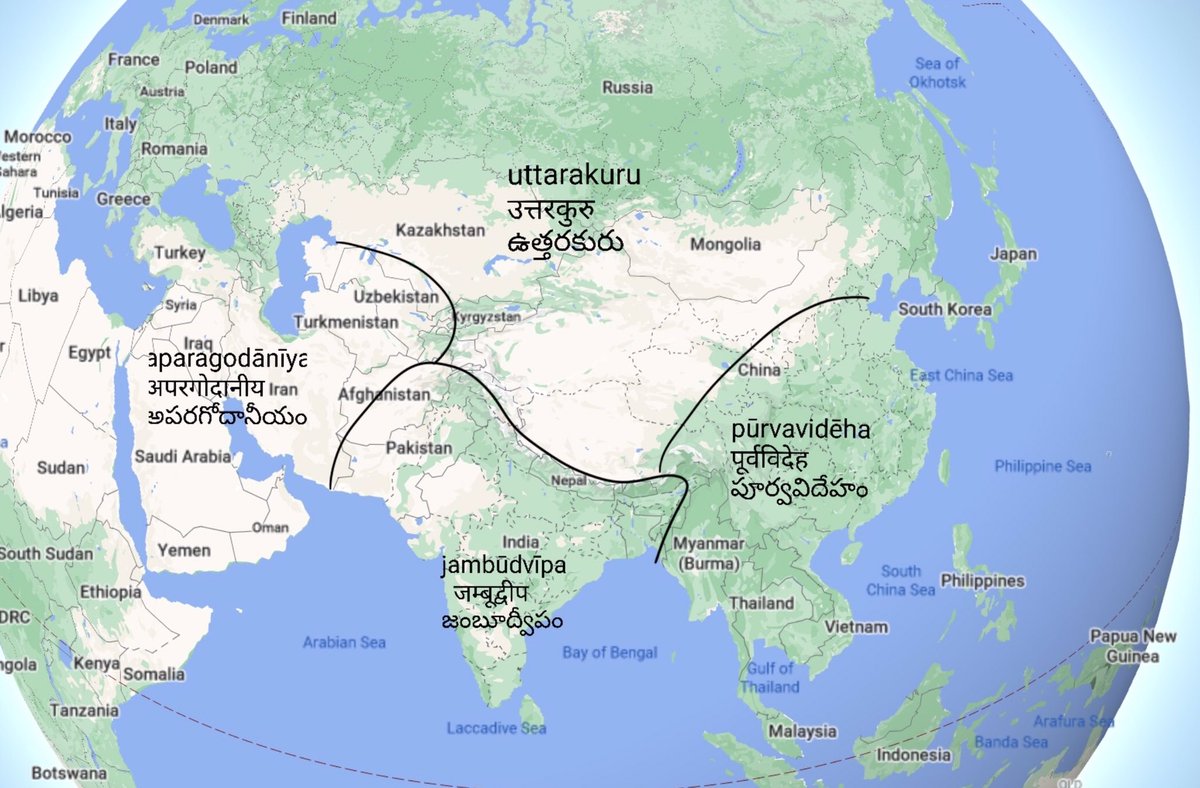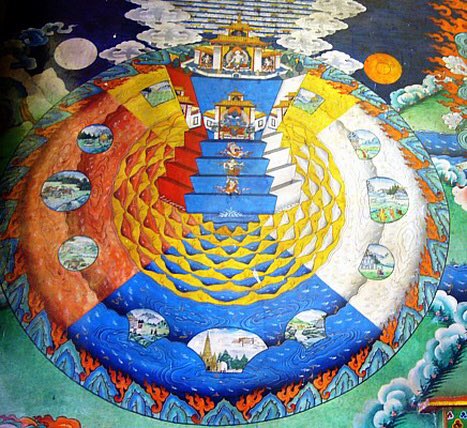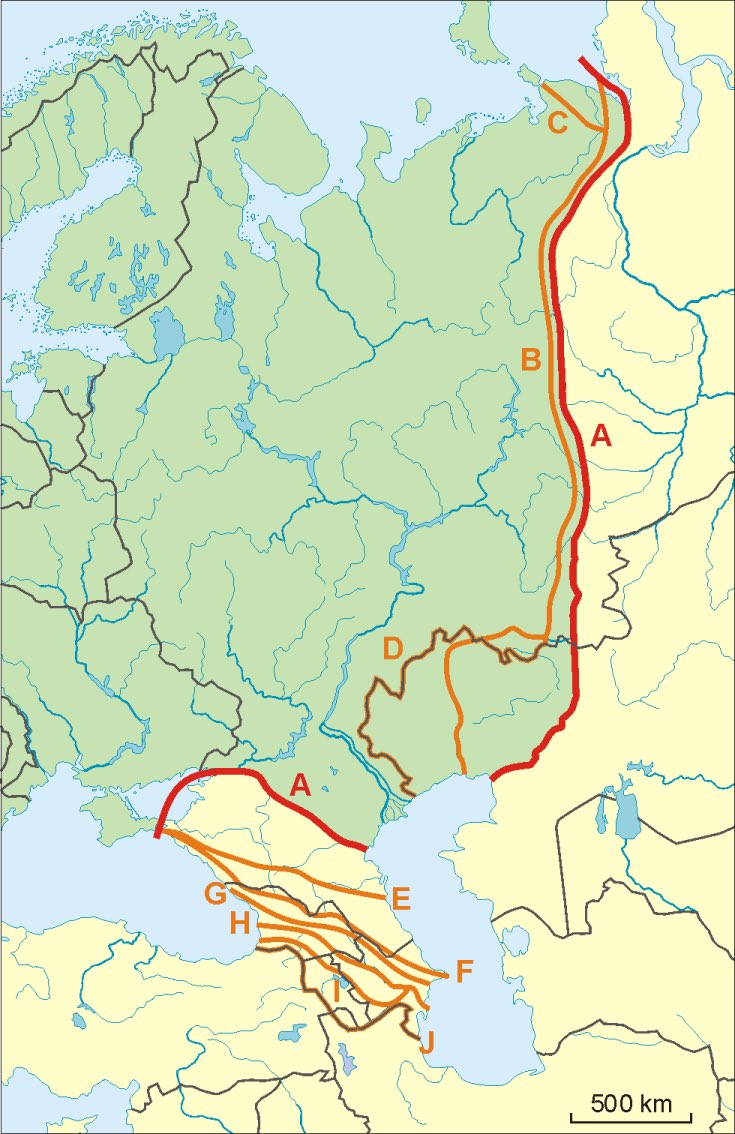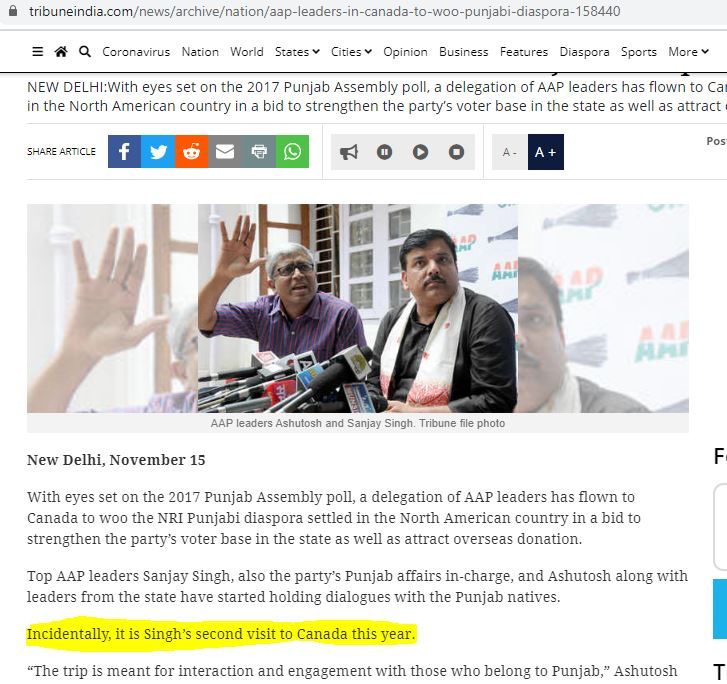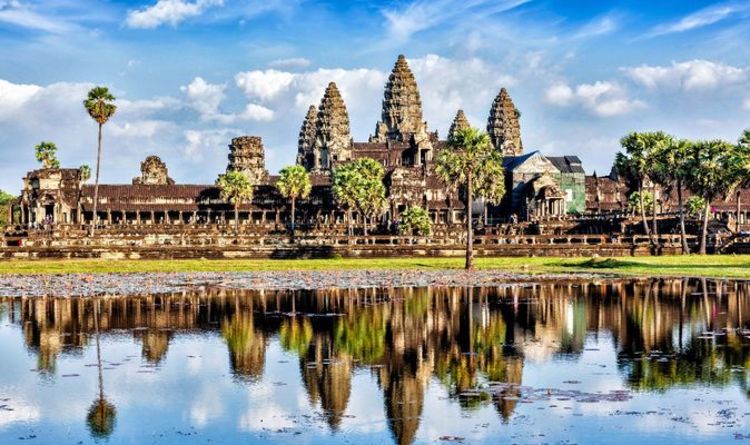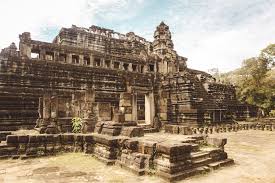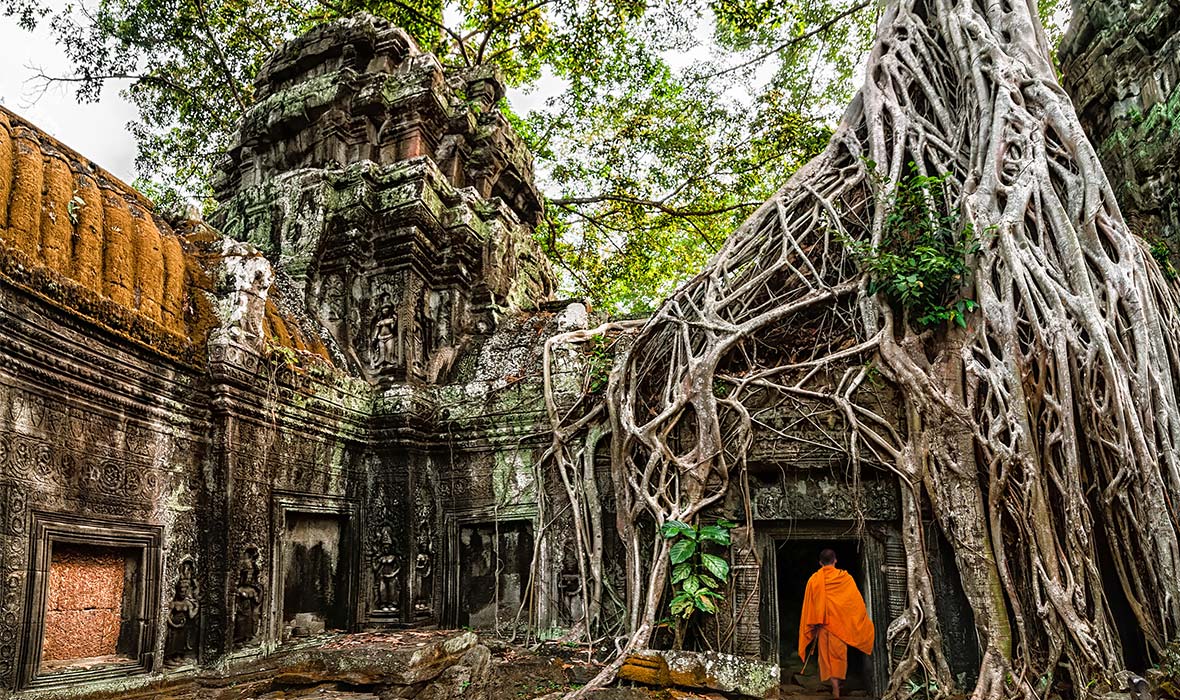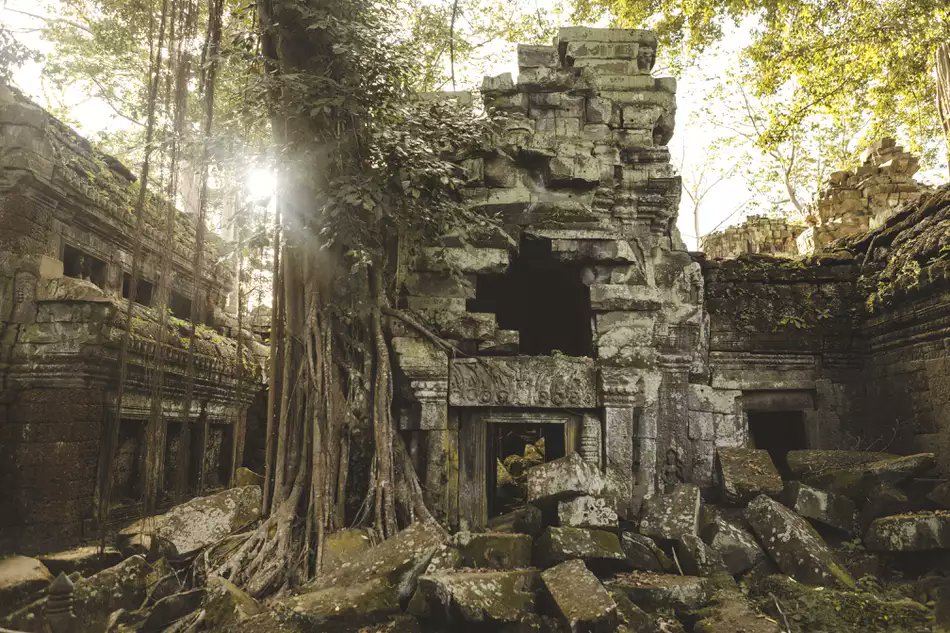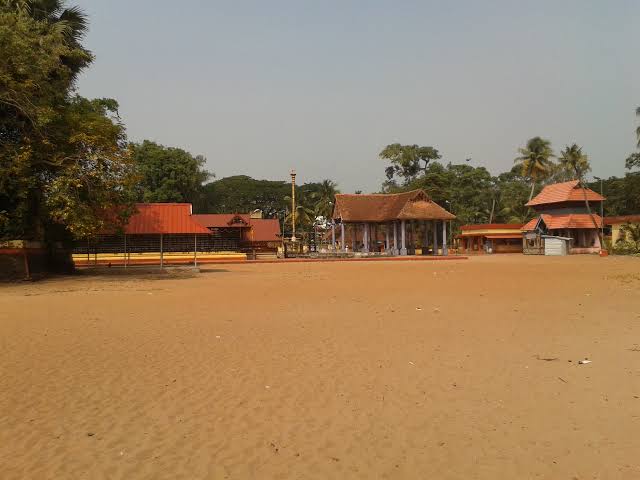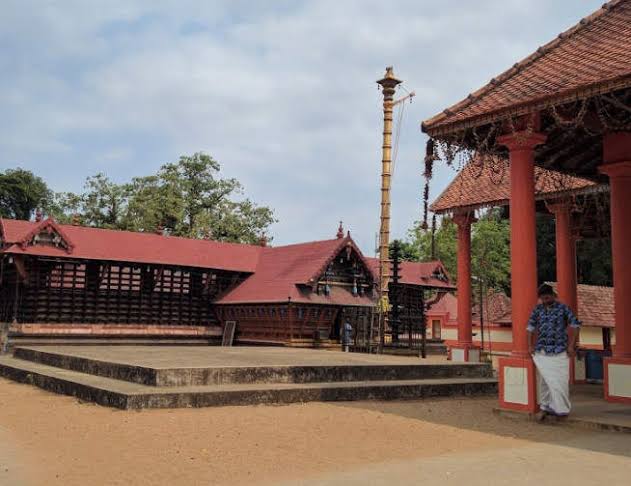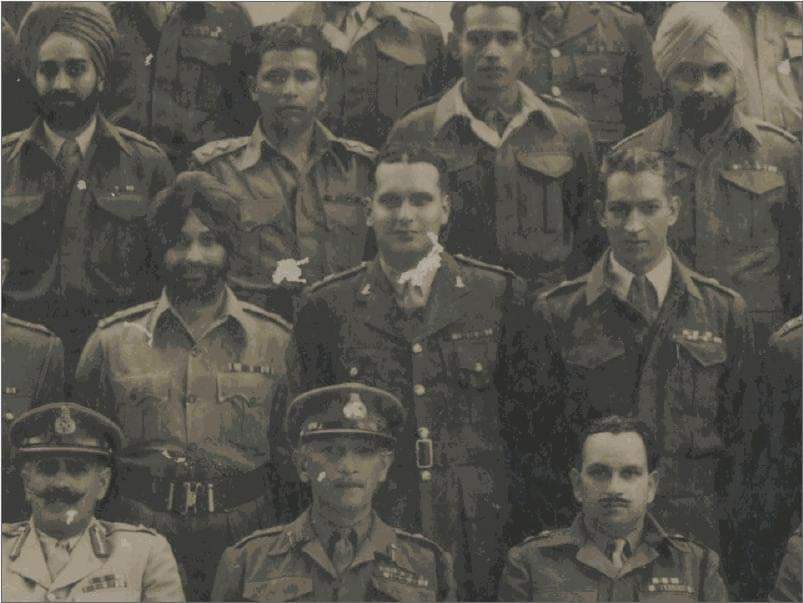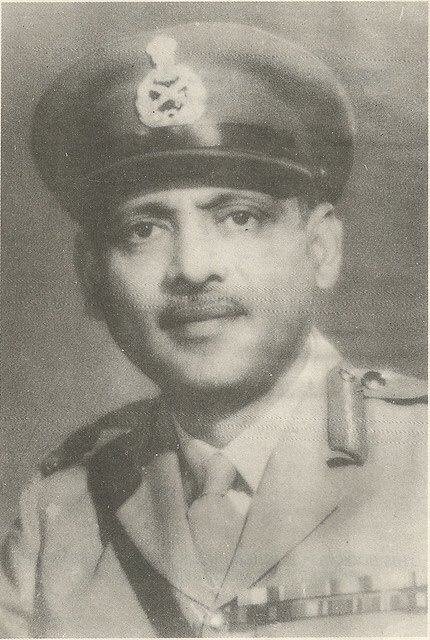Masterda was the one who led one of the largest ever raids on the British at Chittagong, attacking their armory, cantonment, the exclusive Europeans only club there and the telegraph office there.
Never had the British witnessed such a massive assault on their institutions, in such a coordinated manner. Though the raid was suppressed and it’s perpetrators arrested, the message it had sent out to Indians was clear, take up the arms against the British rule.
The man who shook the British so much in Bengal, was born in a small village called Noapara, near Chittagong( now in Bangladesh) in 1894. His father, Ramniranjan Sen was a teacher himself.
As an intermediate student in 1916, while studying at Chittagong, he learnt about the history of the Indian freedom movement from his teachers. Motivated by one of his teachers, he joined the Anushilan Samiti, one of the noted revolutionary groups in Bengal then.
The Anushilan Samiti was founded by Sarat Chandra Basu, with the encouragement of Sister Nivedita and Swami Saradananda, and it’s name came from a Bankim Chandra Chatterjee essay.
The Samiti, swore by revolutionary violence as a way to uproot the British Government. New recruits were asked to swear on the Gita, and practiced arms in front of a Durga idol.
. When Master Da later joined Berhampore for a BA course, he was attracted to another revolutionary organization Jugantar and their ideals. He later returned to Chittagong, in 1918, and worked as a teacher there.
It was during his stay in Chittagong, that he began to organize the Jugantar there, and spread it’s ideals among the people. His organizational ability, oratory skills, and ability to reach out to people, made him popular, giving him the moniker of Master Da.
He also joined the Indian National Congress for some time, and was influenced by Mahatma Gandhi’s ideals. However, when Gandhiji called off the non cooperation movement, post the infamous Chauri Chaura incident, Surya Sen like many others was disappointed.
Surya Sen realized the need for a concerted revolutionary strike on the British installations in India. He felt it was the only way to shake their faith in their ability to rule India, and also awaken the masses.
It was then that he devised one of the most audacious plan ever to strike against the British rule. While the Chittagong, armory raid was ostensibly to hit at the twin armories in the city, the objectives were far more wider.
hittagong was one of the major centers of British rule then, and also a prominent trading center. Many British oil companies were located there, and strategically the city gave the British a front line of defense in the event of a possible Japanese attack.
Organizing a strike in Chittagong, and securing it, would mean hitting at one of the nerve centers of the British rule in India. It was not just the armories, the raid also targeted, the telegraph office, the exclusive Europeans only club.
While the twin armories in Chittagong would be captured, the telegraph and telephone office would be destroyed cutting off all forms of communication. The exclusive Europeans only club, whose members were high ranking Government or military officials, would be targeted.
There would be a large scale massacre of these officers, while retailers of fire arms would be raided. All rail, road communications would be cut off, totally isolating the city.
What was planned was nothing short of a mini insurrection, which if carried out, would complete sever Chittagong from the British. It was one of the most audacious, ambitious plans ever carried out, mind boggling in it’s scope.
Surya Sen was the mastermind behind this audacious plan, supported by fellow revolutionaries Ganesh Ghosh, Lokenath Bal, Ambika Chakraborty, Ananta Singh, Nirmal Sen as well as women revolutionaries like Kalpana Dutta and Pritilata Wadedar.
18 April, 1930, 10 PM, Chittagong
Ganesh Ghosh led a group of revolutionaries to capture the police armory at Dampara, while Lokenath Bal, led another 10 revolutionaries, to capture the Auxiliary Forces armory, which is now the old Circuit House.
The telephone and telegraph wires were cut, railways movement was disrupted. Around 15 of them captured the European club in Pahartali. However being a Good Friday, most of the members of the club were not in attendance, and word got out of the strike.
This gave the British enough time, to alert their troops and send out in full strength to the club. This was not anticipated by the rebels, a bit of a miscalculation here.
Even the armory raid was not much of a success, while there were arms, but no ammunition was present. Collecting the bare minimum, the group headed by Surya Sen, hoisted the Indian flag at the Armory, took a salute, and proclaimed a Provisional Revolutionary Government.
The group of revolutionaries escaped into the nearby Jalalabad Hills, from where they began to conduct their activities. The British having got information about their hiding place, attacked the group in the forest.
A fierce encounter ensured, where many teenage revolutionaries lost their lives, including the brother of Lokenath Bal. It was a pitched encounter, that saw 12 revolutionaries shot dead, and a considerable number of troops.
Some of the revolutionaries who escaped, began to reorganize themselves again. There was another attack on the European club, on September 24, 1932, by a group consisting of Debi Prasad Gupta, Swadesh Roy, Manoranjan Sen, that was led by Pritilata Wadedar.
. However the plan backfired, with most of the revolutionaries killed, while Pritilata committed suicide by consuming cyanide. Between 1930-32, the revolutionaries kept striking randomly, killing around 22 British officers, and 220 others.
On March 1, 1932, the verdict was given in the mass trial of those arrested. 12 of the defendants were sentenced to deportation for life, 32 were acquitted and remaining were given 2-3 year sentences.
Surya Sen went into hiding for some time, moving from one place to another. He often took up odd jobs as a workman, sometimes a farmer, even as a priest or milkman to avoid detection.
However he was soon betrayed by one Netra Sen, who out of greed for the bounty money offered, informed the British on his whereabouts. On Feb, 1933, the police surrounded the house and captured Surya Sen.
Netra Sen, however would not live to enjoy the benefits of his revolutionaries. He would dearly pay for his treachery. Netra’s wife was a big admirer of Surya Sen, and was horrified at her husband’s treachery.
Soon one of Surya Sen’s close associates came to Netra’s home when he was having his food, and he chopped off his head, right in front of his wife.
When Netra Sen’s wife was asked about the murdered, she refused to reveal saying
Tarakeshwar Datta , president of the Chittagong branch of Jugantar once again made an attempt to rescue Surya Sen from prison. However the plot was foiled, and both Tarakeshwar, Kalpana Dutta were arrested.
Tarakeshwar was sentenced to death by the British, and so was Surya Sen. Before his death, Master Da was tortured in the worst possible manner, with his teeth broken, limbs broken and his unconscious body hanged.
Masterda was dragged out from his cell, His teeth were broken, his limbs and joints were broken with a hammer. All his nails were pulled out, and his unconscious body was dragged to the gallows, where he was hanged to death.
Master Da's dead body was later put in a small cage and thrown into the sea. He was not even given a proper decent funeral, treated worse than a convict. #Shame
Master Da's last letter to his friends and associates spoke about his desire for a free India. Very moving.
And thus ended the life of one of India’s greatest revolutionaries, a man who inspired millions of Indians to revolt against the British imperialism. Master Da Surya Sen, a truly great son of India.











